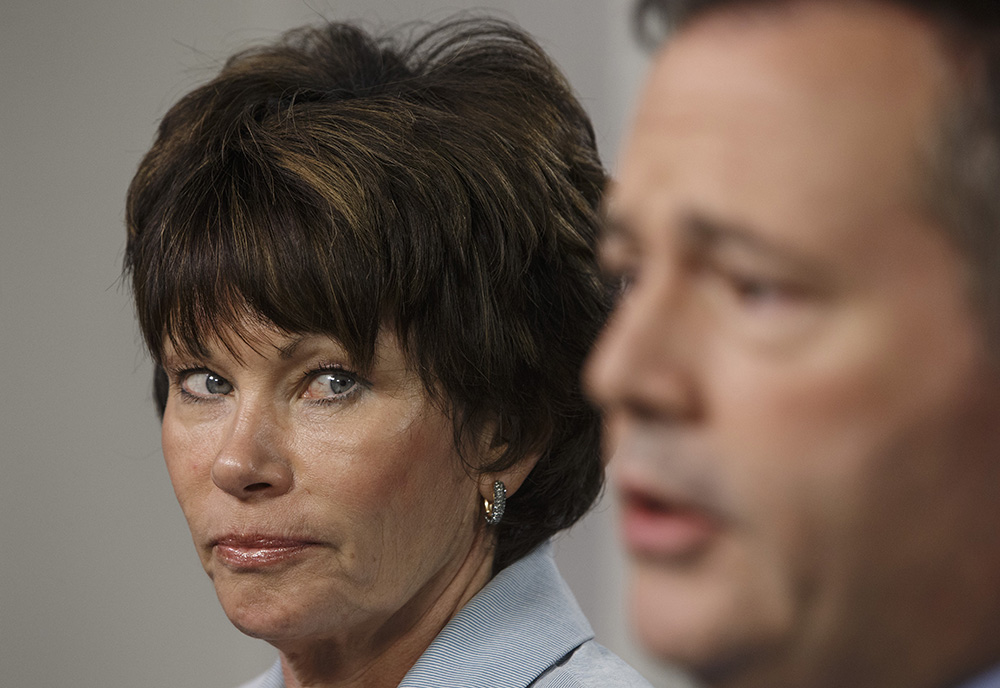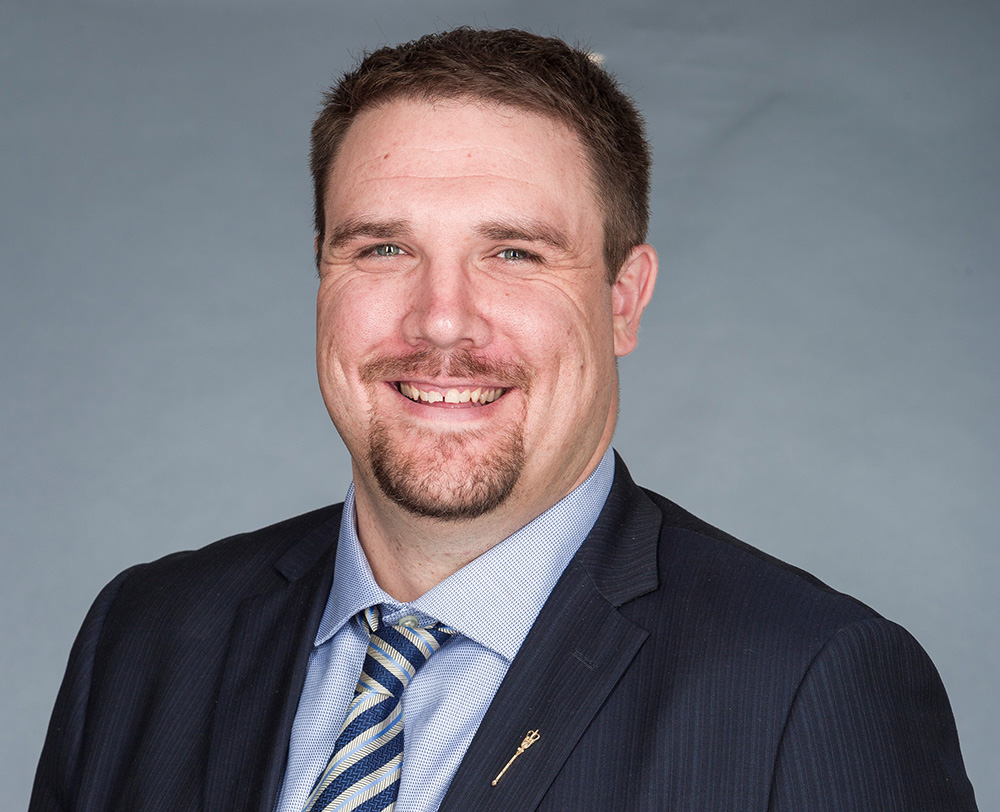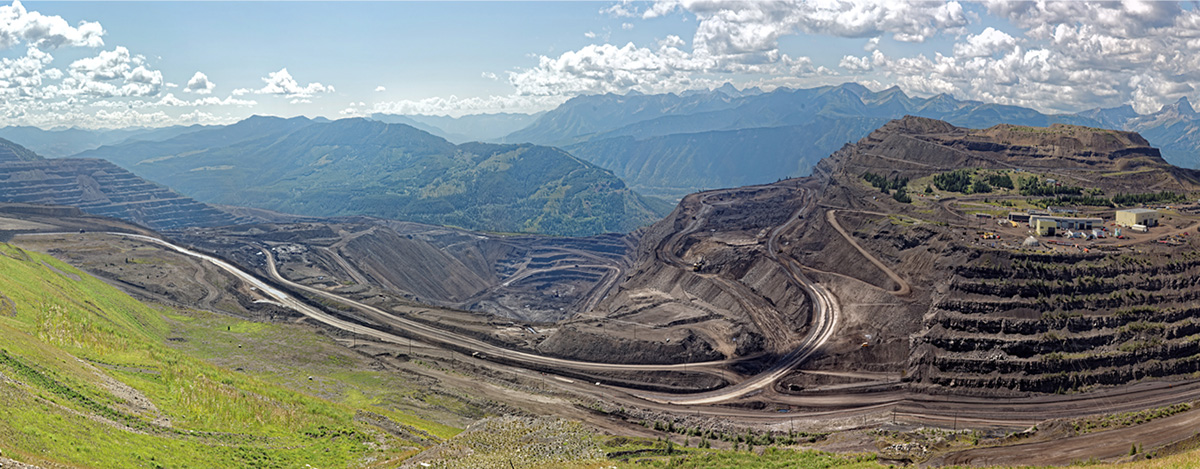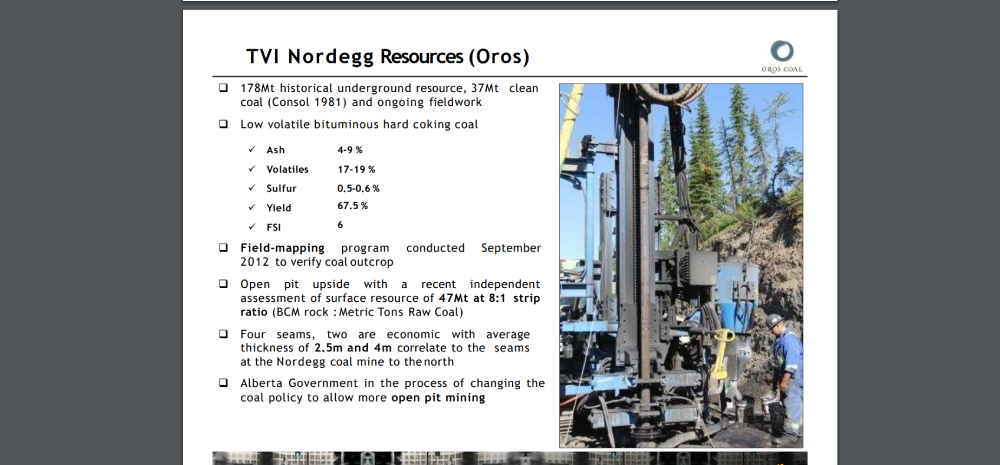Evidence shows oil industry flaring in Texas being done without permits
“Our state regulators—and our industry—has a long way to go to clean up our act.”
In 2019 and 2020, the Environmental Defense Fund (EDF) conducted three helicopter surveys over the oil fields of West Texas. Flying over flare stacks at more than three hundred oil and gas drilling sites, EDF staff used infrared cameras to document unlit flares whose methane pollution is invisible to the naked eye. Their survey found that roughly 1 in 10 flares in the Permian basin were either unlit or malfunctioning. And a new report adds another layer onto this problem—whether the flares are even permitted in the first place.
The incidence of flaring natural gas, which is primarily methane, at drilling sites in the Permian basin skyrocketed in recent years as fracking proliferated and the industry drilled tens of thousands of wells. Burning natural gas at the wellhead would be wasteful enough, but some drillers simply release the gas into the atmosphere, a practice known as “venting.”
When a flare is unlit, it releases huge amounts of methane into the atmosphere rather than carbon dioxide, and methane is more than 80 times more potent as a greenhouse gas over a 20-year period. The EDF finding suggests that the climate pollution from the Permian basin was much worse than previously thought.
No Permit, No Problem?
The climate impact isn’t the only issue with the Permian’s flaring that has been flagged recently. Environmental watchdog group Earthworks looked at 45 drilling sites on state land that EDF surveyed. They cross-referenced those sites with a database published by the Texas Railroad Commission (RRC), which regulates the oil and gas industry and issues permits for flaring.
In a report released Thursday, January 28, Earthworks found that of the 45 surveyed sites, 34 of them — or 75 percent — did not even have flaring permits from the RRC. And eight of them were identified by EDF as having unlit or malfunctioning flares.
Oil companies are allowed to flare their methane gas for only 10 days after a well is drilled. They can receive waivers to flare for longer periods of time, but that is supposed to be only for exceptional circumstances. In practice, however, the RRC dishes out flaring permits far and wide. In 2019, the RRC issued 6,900 such permits, and never denied a single permit over the course of the multi-year drilling boom in the Permian basin.
In other words, while rampant flaring is commonplace, some companies are flaring without even obtaining the necessary permits. Worse, some of the flares aren’t lit, making their climate impact much higher.
The environmental groups were only able to sample a very small slice of drilling sites in the Permian basin, which has grown to become one of the largest producing oil fields in the world. Earthworks only looked at 45 sites on state land, but there are over 36,000 drill sites on state land in Texas, so the amount of unpermitted and unlit flaring is likely vastly higher than we know. The Texas General Land Office (GLO), which permits drilling on state land, did not respond to a request for comment.
“The law requires flaring permits because the practice is wasteful and polluting, as Republicans and Democrats alike have agreed over the past few months,” Earthworks’ Senior Field Advocate, Sharon Wilson, said in a statement. “The oil and gas industry’s contempt for the law coupled with the GLO, TCEQ [Texas Commission on Environmental Quality] and [Texas Railroad Commission] failures to uphold it illustrates why permitting of new oil and gas operations must end.”
The scourge of flaring in the Permian basin has been known for years. In 2020, EDF estimated that methane escaping from oil and gas operations in the most productive part of the Permian basin was three times what the U.S. Environmental Protection Agency (EPA) estimates, although in the worst cases, individual sites leaked methane at 100 times the national average rate.
“This report adds to a mounting pile of evidence that Texas’ flaring regulations — or lack thereof — are entirely inadequate,” Emma Pabst, an advocate with Environment Texas, said in a statement. “As we head into our state’s legislative session, we need lawmakers to know that when it comes to stopping routine flaring, inspections and enforcement are paramount to address the problem of climate change.”
Turning down the tap on methane
The report comes at a time when the Biden administration is looking to tighten the screws on methane. In 2016, the Obama administration imposed federal methane regulations on oil and gas operations, including on pipelines. The Trump administration repealed those rules in 2020, and separately, a U.S. federal court struck down the same Obama-era rules. However, on January 20, as part of a slew of Day 1 executive orders, President Joe Biden directed the EPA to consider new methane regulations.
The oil industry itself has come around to the idea of federal regulation. For years, industry pushed for “voluntary” measures only, touting its own efforts to reduce methane emissions. It fought tooth and nail against regulation and applauded the Trump administration’s efforts to gut federal oversight.
But pressure has continued to increase as the climate crisis worsens, and not just from environmental groups. On at least two occasions in the last few months, deals to export American liquefied natural gas (LNG) to Europe fell through — one to Ireland and one to France — due to concerns about unregulated methane in the U.S.
The pressure is forcing a change of heart within the oil industry. One of the issues the American Petroleum Institute (API) said that it wanted to cooperate on with the Biden administration was federal methane regulations. In addition, a few oil majors voiced support for methane regulations last year ahead of the Trump rollback.
Investors are also advising regulation. “We view methane regulation, which has received support from many oil & gas corporates, as constructive for the industry’s ‘social license’ to operate,” Morgan Stanley wrote in a note to clients on January 28. The investment bank added that methane emissions from leaks, flaring, and venting are “avoidable without much incremental cost for public Energy companies.”
A recent report by industry analysts at Rystad Energy, on behalf of EDF, came to a similar conclusion. Rystad estimates that 40 percent of expected flaring could be zeroed out by 2025 at no cost. “A lot of this is avoidable,” Mike McCormick, a principal at Rystad, told Bloomberg.
It is worth noting that the industry’s word should not be taken at face value. API’s support for methane regulation came with the caveat that the industry “should be included in discussions to shape a regulatory regime that’s sensible,” which suggests it wants a particular outcome.
Meanwhile, BP, which has been outspoken about its energy transition ambitions, and has specifically supported federal methane regulation, is doing something quite different on the ground. Bloomberg reports that on January 26, BP went to the Texas RRC to obtain 121 flaring permits.
Even the RRC, which by all accounts has given the industry free rein over the past half-decade, expressed frustration.
“I am amenable to allowing fair time for flaring to occur in certain circumstances, but limits must be set,” Jim Wright, a Republican who joined the three-member commission in January, said in a statement. Instead of approving the permits, as has been customary in the past, the RRC decided to delay a decision until its next meeting.
While the RRC may begin to look a bit more closely at requests for flaring permits, the Earthworks report makes clear the scale of the issue — there are likely many more instances of flaring and venting than the RCC even knows about. As the report shows, Cyrus Reed of Sierra Club Lonestar chapter, said in a statement: “Our state regulators — and our industry – has a long way to go to clean up our act.”
UPDATE 01/29/2021: In an emailed statement to DeSmog, Andrew Keese, a spokesperson for the Texas RRC said: “The RRC’s commitment to further reducing flaring is reflected in actions commissioners took last November to revamp the application for exceptions.” Keese is referring to the RRC’s decision to require more information from companies that want flaring permits, and a vow to reduce allowed flaring times. Critics say the move didn’t go far enough.
Keese also pointed to the decline in flaring intensity. “The most recent RRC production data shows that in the last year and half, the percentage of natural gas flared compared to the natural gas produced in Texas dropped from a high of 2.3% in June 2019, to 0.77% in November 2020. During the same period, the volume of gas flared decreased by more than 71%,” Keese said. This, however, encompassed a period in which drilling activity collapsed due to the pandemic.










